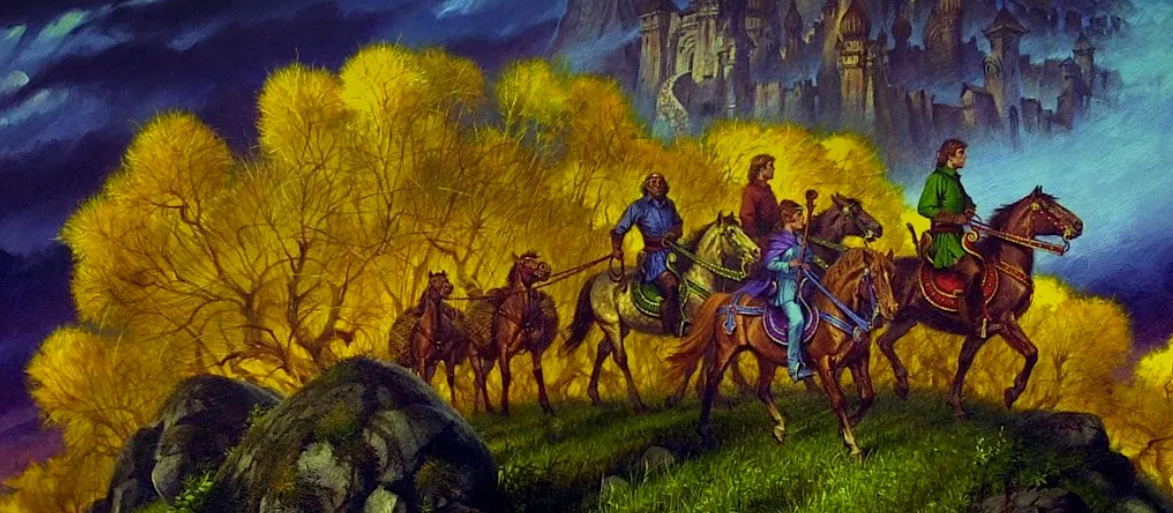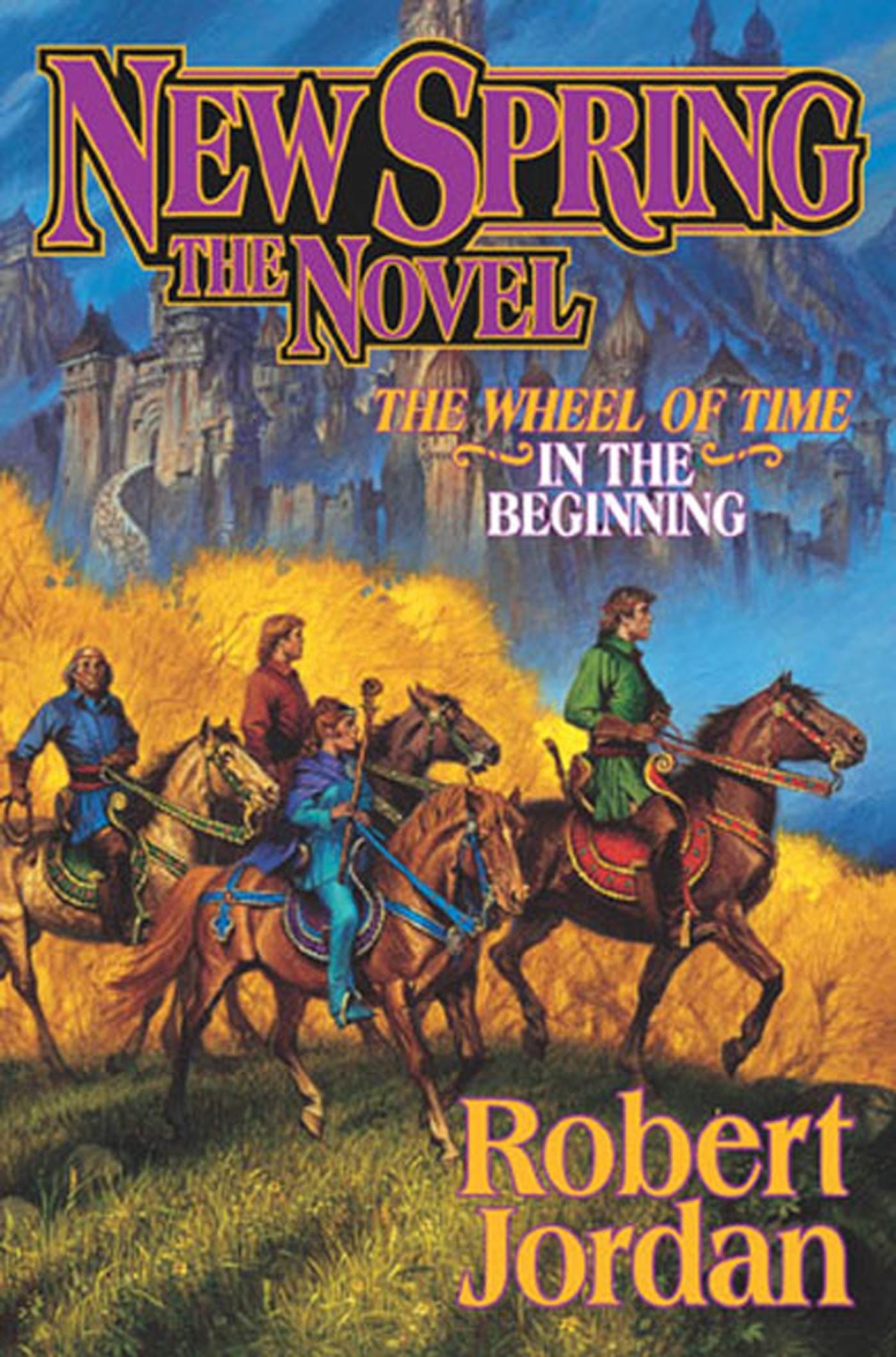

“The only way was forward, whatever lay at the end.”
While many readers were hoping for a conclusion to the Wheel of Time saga, Robert Jordan elected to follow the turgid Crossroads of Twilight with a series prequel that forwards the primary narrative not at all. On the one hand, this seems inexplicable. After ten books in a proposed six book series, the main story is just going on hiatus for a while? We’re not seeing this thing through to the end? But on the other, considering all of those accreting subplots and spotty characterizations, all of that neat worldbuilding and fantasy flavoring, all piled up into a bulky heap that takes outsized effort to move forward inch by inch—I can understand the desire to take a step back and try something a little different. That the fruit of those redeployed labors was the cause of much grumbling from eager fans is beside the point.
Anyway, we can only accept the decision to shift focus to a prequel if it works out. It doesn’t, even if its brevity and accessible style make it slightly more palatable than the books that immediately preceded it. Originally published as a novella and then expanded to novel length for a quick buck, New Spring traces the marginally interesting but wholly unnecessary backstories of several prominent characters twenty years before the events of The Eye of the World.
Like the rest of the series proper, the story takes a few decent ideas and pads them into oblivion. It begins with some promise in the final days of the Aiel War, when Aes Sedai acolytes Moiraine Damodred and Siuan Sanche witness a startlingly-rendered prophecy about the Dragon Reborn. As they rise through the ranks of the White Tower, they strive to discover the whereabouts of the newborn child by overseeing a silly program to “honor” new mothers who survived the war. Meanwhile, Lan plans to march into the Blight and die honorably fighting against the Dark One’s forces. He and Moiraine meet on the road, form an uneasy alliance based on their common foes, tag team a Black Ajah with sinister aims, and then commit to jointly seeking out and protecting the Dragon Reborn.
Of course, there’s little tension in any of this. The only characters that we’re expected to invest in are ones we know will survive the current trials because they’re in the main series. Thus we’re left seeking a connection to the story through its characters’ relationships, which Jordan has rarely been able to depict with anything resembling a human touch. Frankly, he’s downright terrible at it most of the time, and New Spring does not buck this trend.
So then what is the purpose of New Spring? Why does it exist at all? Certainly not as an entry point to the series. It’s too reliant on background knowledge from the other books to be the de facto first entry in the saga. Certainly not to satisfy longtime fans anxiously awaiting the finale. It doesn’t even half-heartedly nudge the story along like the middle books did. If anything, in totally erasing Moiraine’s Gandalf-esque mystique by truncating her backstory, Jordan reinforces the notion that he is a big ideas guy who can conjure rich worlds but not fill them with compelling characters and stories; who can pitch a high concept but not expand it into something of real substance.